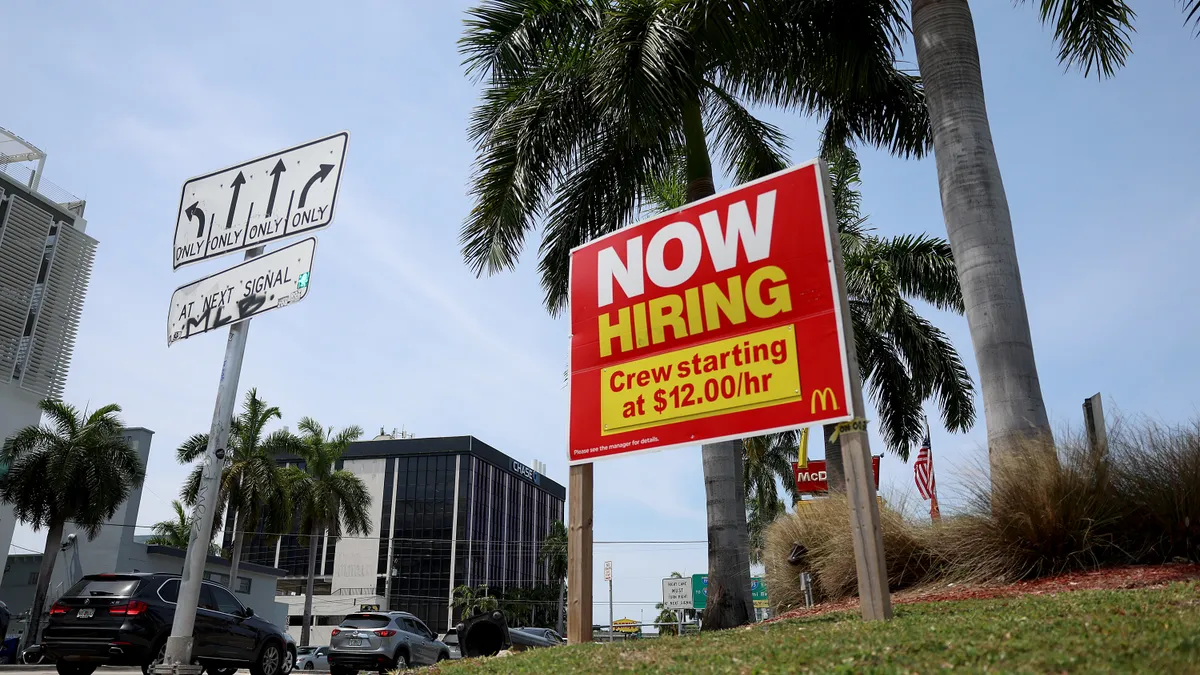Keeping employees motivated and content is top of mind for CFOs and other executive leaders, especially as continuing economic headwinds lead half of global workers open to finding new roles.
A key part of creating a satisfactory employee environment is providing one’s workforce with an attractive healthcare benefit program, but managing the costs of such care is becoming increasingly complicated for companies and especially for CFOs, tasked with investing their organization’s resources for the best possible outcome.
At the end of the day, there is only a certain amount of money available to invest, and “there’s always competing financial opportunities” related to healthcare, said Dr. Monte Masten, chief medical officer for Marsh McLennan Agency.
When it comes to these types of decisions, therefore, the critical question for CFOs is “what kind of data are they currently getting?” Masten said, together in an interview with Rick Kelly, senior vice president and leader of Marsh McLennan Agency’s national pharmacy practice, MMA Rx Solutions. “What kind of data do they really need to make data-driven, strategic decisions?”
Understanding the healthcare landscape
Healthcare costs have not escaped the impacts of inflation, Masten said in a recent webinar alongside Kelly, released by the insurance broker and risk management agency.
Rising drug prices and a growing emphasis on the need to provide services such as mental health programs are complicating the healthcare landscape, together with lingering impacts from the COVID-19 pandemic, which also bleed into labor trends — approximately 15% of labor shortage challenges in the U.S. are related to individuals suffering from what is known as “long COVID,” Masten said during the webinar.
Having a transparent understanding of these trends and how they can impact healthcare costs is crucial for CFOs, said Kelly. A collaborative approach between teams like HR and finance is “really going to be critical for the success of having a benefit program that's not only going to take care of employees, but is going to actually manage the cost effectively,” he said.
“I think it's become very natural for the CFO and the finance team to be involved with benefit discussions because it's about taking care of both employees and costs,” Kelly said. “It’s not one or the other.”
Ensuring CFOs have access to the right data is an essential part of being able to manage these costs, Masten said. CFOs may be getting data from siloed sources — the employee benefits plan, for example — or may not be getting the information they really need from the business insurance side, he said. Aggregating that information is key, not only to understand their current healthcare plan and people costs, but how those things could change in the future, he said.
It’s also important for CFOs to make sure they are hiring individuals with the necessary skills to understand and look through that information once aggregated, Kelly said. While investing in both the tools needed to collect that data and the talent needed to understand it can represent costs for the CFO, “if you don't have either of those, you end up not understanding what is really going on,” he said.
Keeping pace with workforce shifts
It is also critical for CFOs to understand how the changing dynamics of their workforces could potentially impact healthcare costs and needs, the executives said.
It is estimated that by 2024, one quarter of the U.S. workforce will be over the age of 55, according to the webinar— which cited U.S. Bureau of Labor Statistics figures. Retiree-age employees are less likely to head for the door during a time of economic uncertainty, meaning they will remain on their employers’ health plans.
Moreover, employees in younger generations like millennials are more frequent utilizers of the healthcare system, the webinar said, including the use of “behavioral health” services. Understanding the different needs between such generations is important for CFOs and executive leaders, Masten said.
“One of the things we try to do is separate those generations because they have different communication styles or needs,” Masten said. “They have different benefit needs.”
With healthcare costs only expected to rise — a January report by McKinsey predicted they will grow by a 10% compound annual growth rate between 2021 and 2016 to reach $81 billion — understanding both current and future healthcare needs is a must for CFOs.
Utilizing artificial intelligence could potentially be highly beneficial for finance leaders, for example, helping to better forecast potential risks, inflationary costs and the rising costs of drugs so they can say, “Okay, what can we do now to mitigate that?’” Masten said.






















